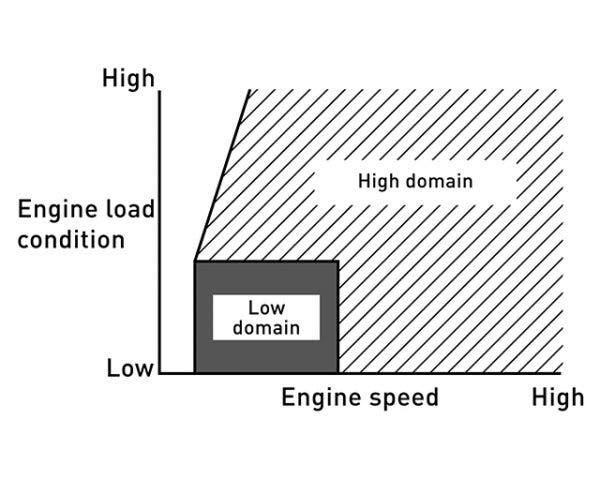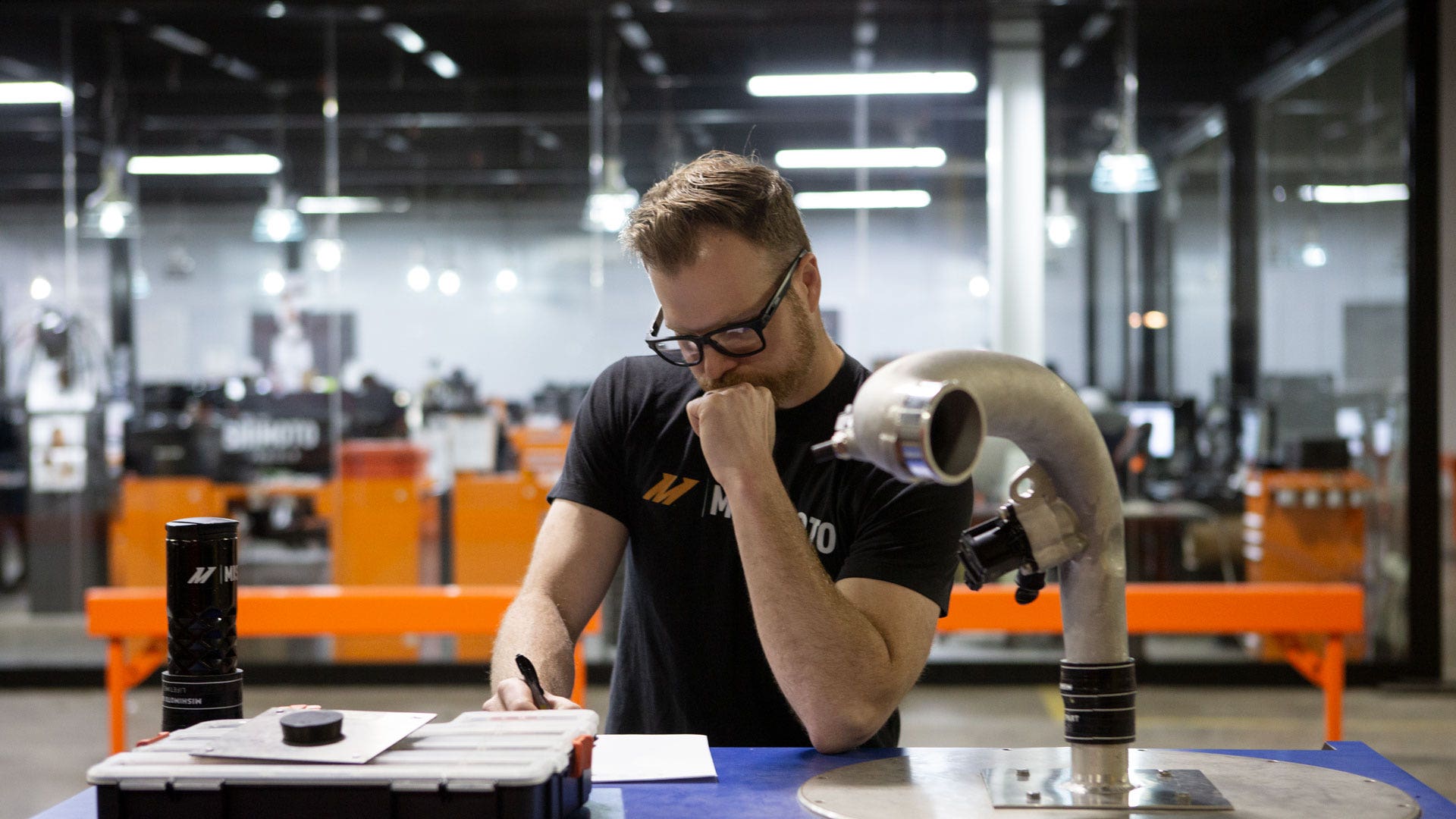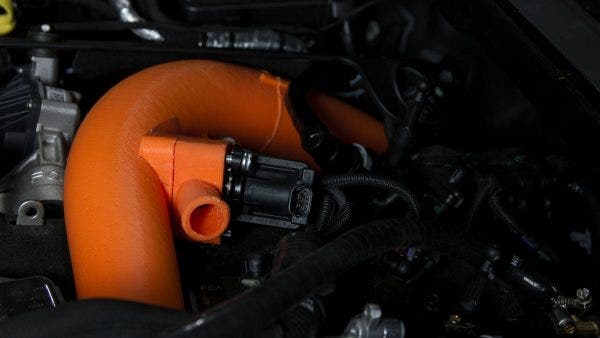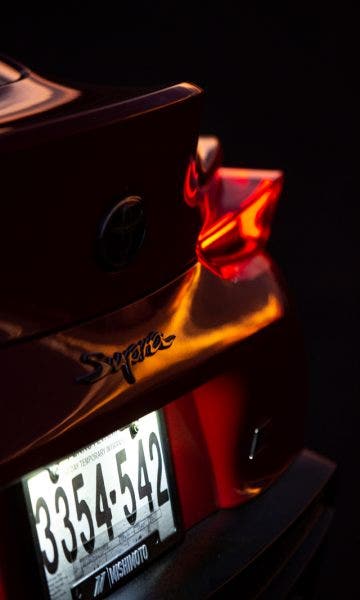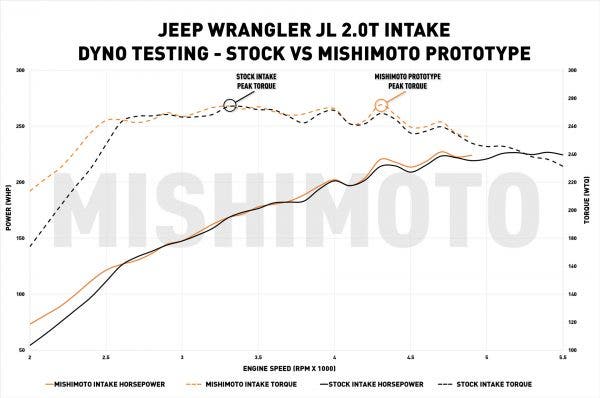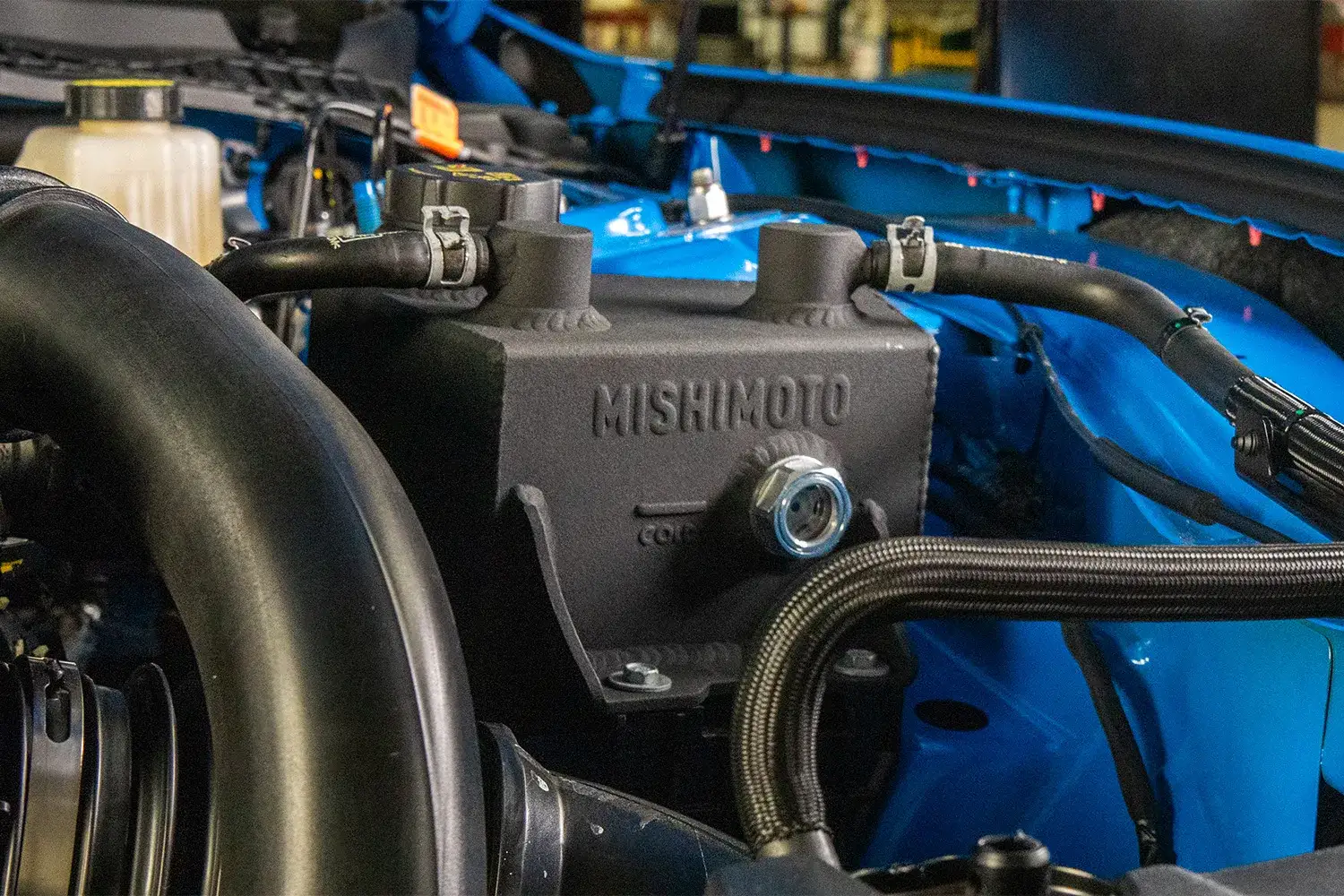At Mishimoto, we pride ourselves on considering the details. The basis of our development process is of course performance, but what really makes our products work for our customers are the details. Even in something as simple as our 2018+ Jeep Wrangler JL intercooler pipe, the details matter.
If you look back over the development of our JL intercooler pipe, you'll find a common theme: flow. We spent months focusing on flow and performance. We redesigned the intercooler pipe, 3D printed prototypes, and cast samples to test its performance. The result of that focus and work is a smoother and better flowing intercooler pipe. Job done, right? Not quite. We accomplished the big picture goal, but what about the details?

Over the course of R&D we heard a lot of feedback








